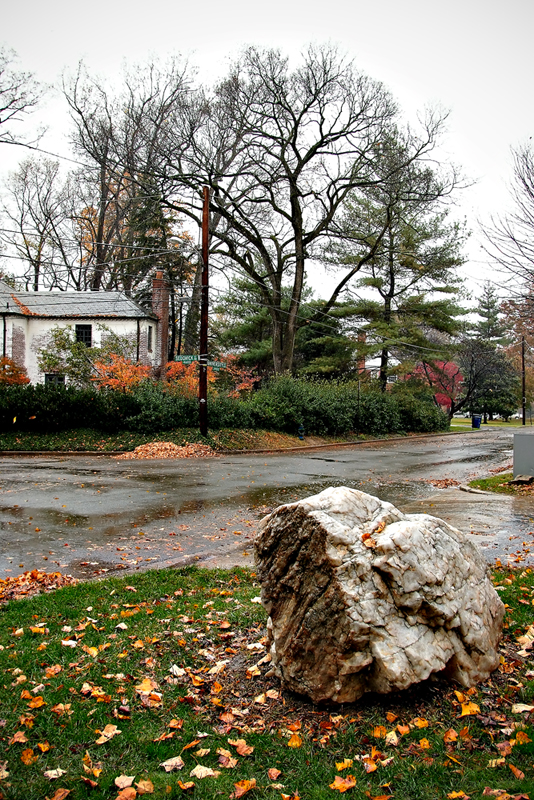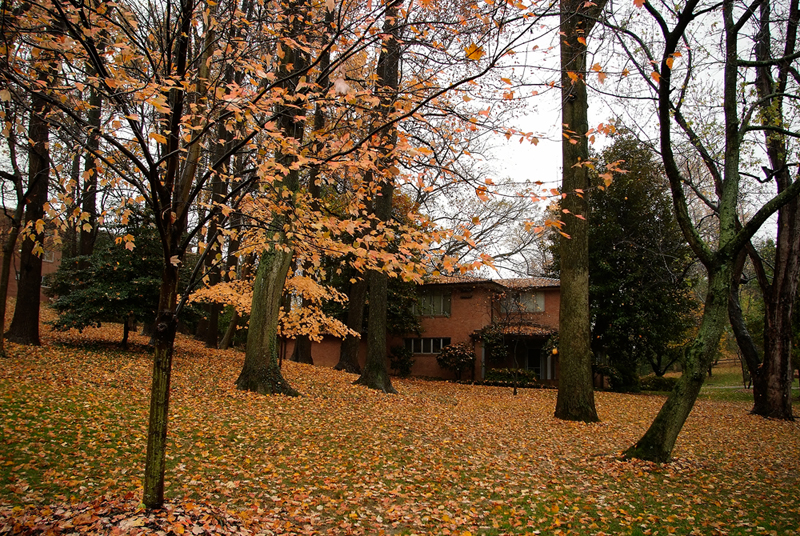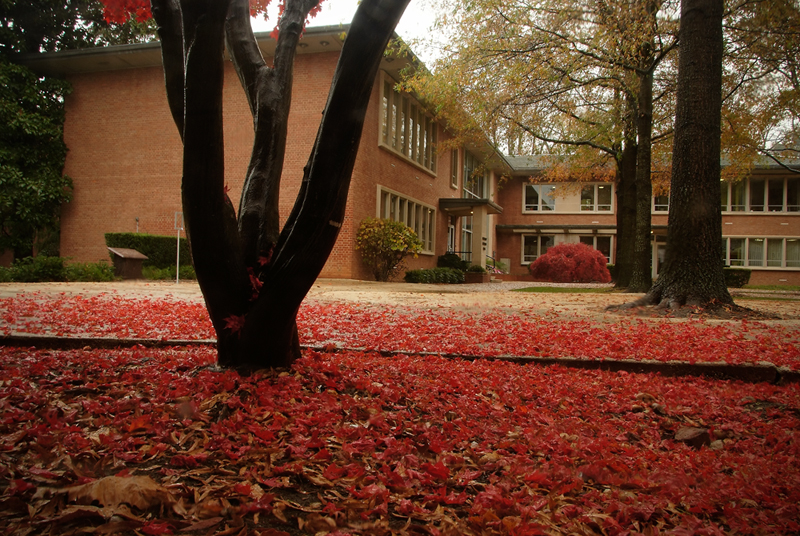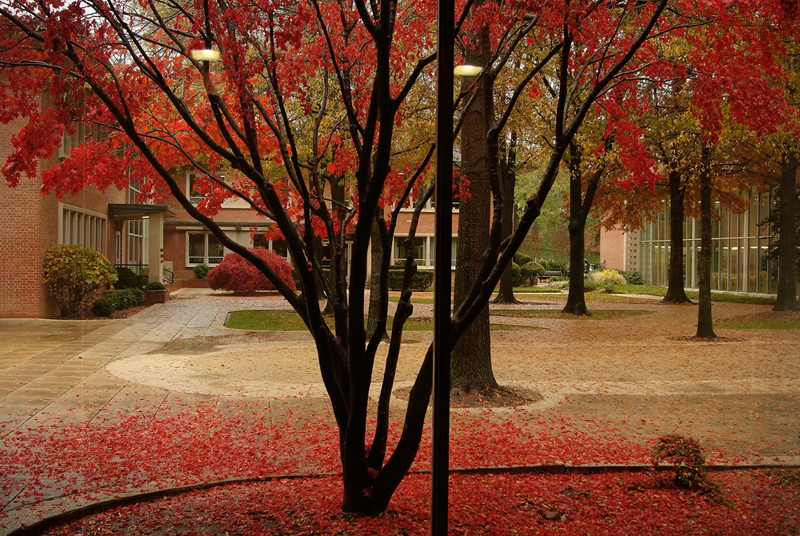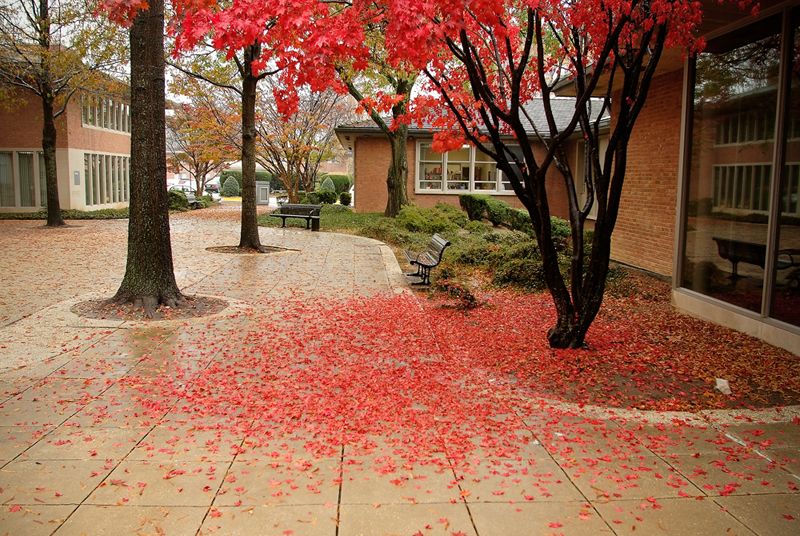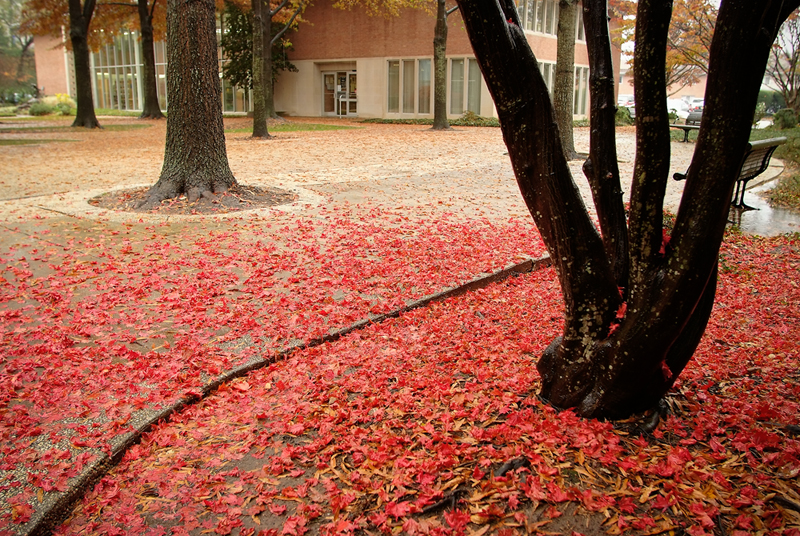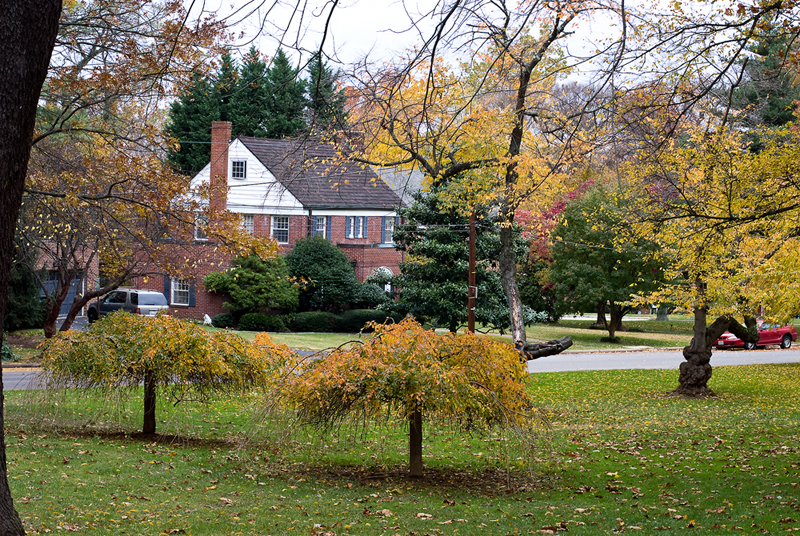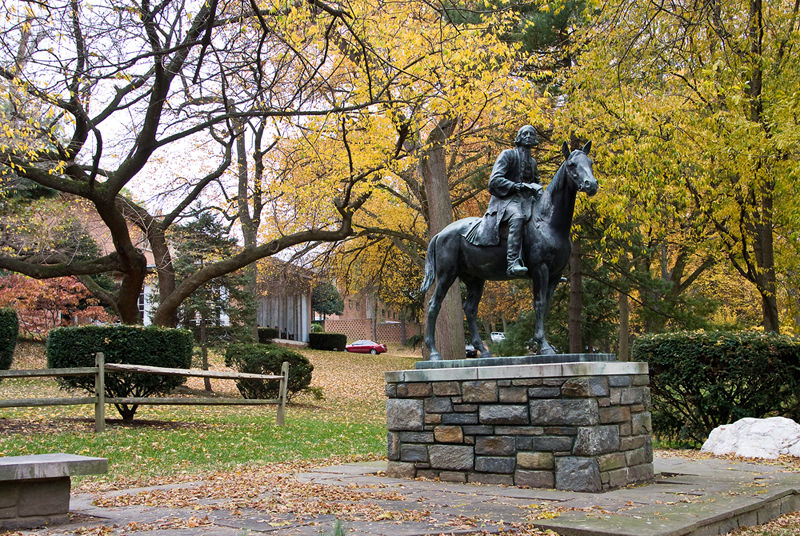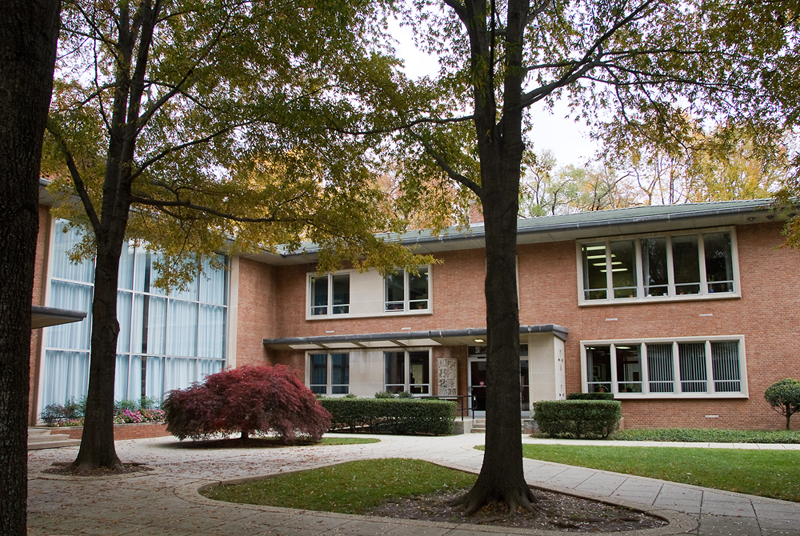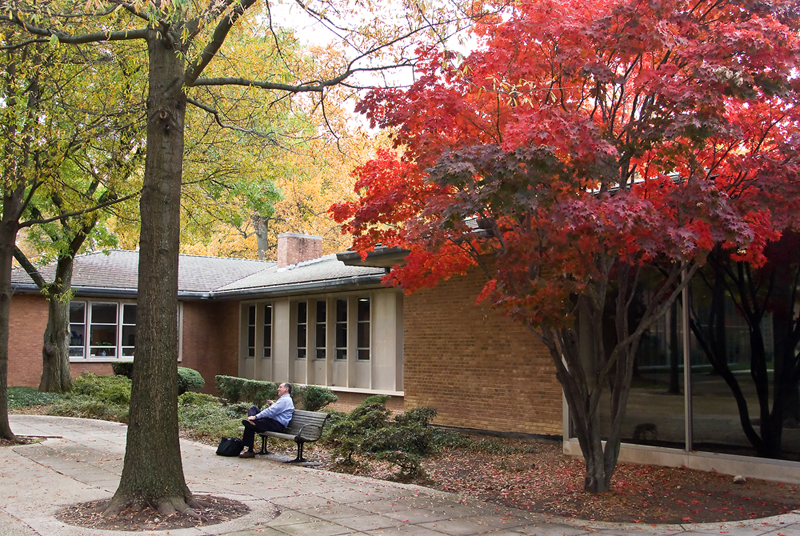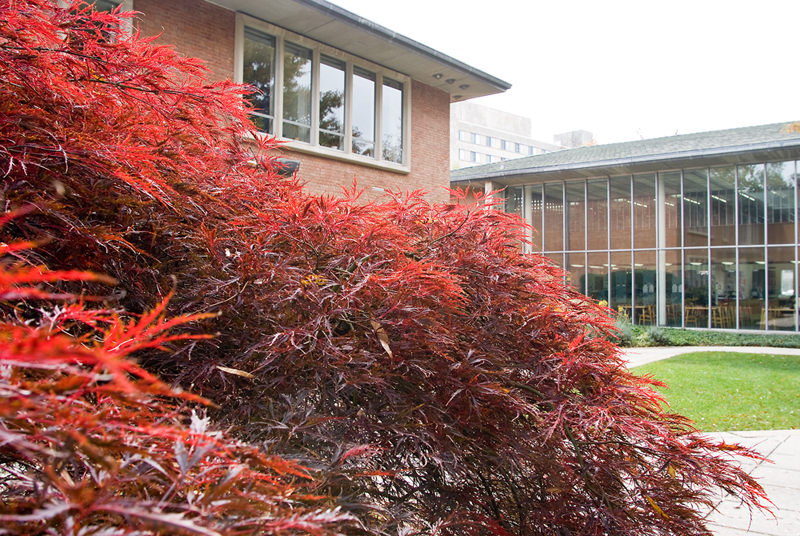Jesus, Who Suffers, Is Killed, and Resurrects For The Kingdom of God
지난 이야기들.../끄적임... 2008. 11. 21. 14:44 |The Gospel of Mark is the earliest written record about Jesus’ ministry. As the first written record, the Gospel of Mark contains not only stories about Jesus, but also theological messages.
To discuss the origin of the Markan community, we need to research Mark’s socio-historical context and cultural context. The biblical scholarship agrees that Mark’s socio-historical location is in the Jewish-Roman war of 66-70 C.E. In Mark 13, there are apocalyptic factors that imply the issues of the Markan community. In Mark 13:21~23, Jesus warns about the false messiahs and false prophets. They believe that war is the only way to bring the Kingdom of God. They convince the Jewish community to join their movement. It seems that the Markan community is lured to join a violent patriotic movement to shed Roman blood. In Mark 13:9-13, Jesus warns about the coming of persecution and gives a promise that the people who endure among the Markan community will be saved. It seems that the Markan community is suffering persecution.
In these contexts, Mark asserts that the intervention of God’s kingdom comes through the Son of Man (13:24-27). Also, the Gospel of Mark redefines false messianic expectations through the confession at Caesarea Philippi and the first prediction of the passion (8:27-8:33) . Mark describes the Messiah who suffers many things and is killed. Mark refutes false messianic claims to redefine the reader’s expectation of Messiah, and to change the desire for war into the desire for proclaiming the Kingdom of God.
In the cultural context of Mark, there are economic, cultic, political, legal and ethic boundaries that oppress the poor, the marginalized, the sick and strangers. Mark introduces Jesus’ ministries that lead the socio-historical transformation of the present world through breaking the boundaries. Therefore, the breaking of boundaries is a part of the proclamation the Kingdom of God to transform the socio-political context.
The principal characteristics of the Gospel of Mark are Christological in nature. In the Gospel of Mark, Jesus performs many miracles such as healing and exorcism, and the people and demons know who Jesus is. However, Jesus’ miracles are not enough to identify who Jesus is. Therefore, Mark identifies Jesus as the Son of Man who is the servant of passion through the confession of the Roman centurion that is the model of faith confessor, “Truly this man was God’s Son!”
In Mark 8:27, Jesus asks his disciples, “Who do people say that I am?” This is a critical question for the Markan community. Peter confesses, “You are the messiah!” Interestingly, Jesus warns Peter and the disciples not to speak this confession (8:30). Also, Jesus rebukes Peter when he tries to stop Jesus’ ministry of passion and death (8:32, 33). Obviously, Peter and the disciples have false messianic expectations that the messiah will overthrow Rome’s power and establish a new Davidic kingdom . The author is pointing out that the Markan community has same false messianic expectation through Peter’s confession. Mark clearly defines the model of messiah who suffers many things and is to be killed.
The Messianic secret is one of the significant points of Mark’s Christology. It is hard to understand why Jesus reveals his messianic identity to a few people and his disciples, and covers his messianic identity from other people. To discuss the Messianic secret, we need to find out why Jesus hides his messianic identity. When I look at Mark 8:27-33, Jesus warns Peter and the disciples not to speak of his messianic identity. Jesus states that he needs to be abandoned and killed by the high priests, elders and scribes in order to resurrect. Therefore, I assume that the Messianic secret is a way to emphasize Jesus as the suffering messiah.
Theological motifs of the Gospel of Mark appear in the ending of Mark. When I look at the ending of Mark (16:1-8), it looks like the author of Mark leaves it open-ended. There is an empty tomb, a young man and women, but no Jesus. Only the young man confirms that Jesus has risen, is absent from the tomb and will go before them to Galilee.
First of all, the resurrection of Jesus is an undeniable truth for the Markan community. Mark focuses on the Parusia through the empty tomb narrative. The physical absence of Jesus makes it difficult to endure the war and persecution. Therefore, the Markan community needs to know that the physical absence of Jesus does not mean Jesus is not present. Also, they need to have a strong hope for the second coming of Jesus. In the Gospel of Mark, there are two boat, which symbolizes the Christian church in early, narratives to imply the absence of Jesus. In the first boat narrative, Jesus was sleeping, which is common metaphor of death, when disciples cross the sea. When they confront the storm, they awake Jesus. Jesus rebukes the storm to be silent. It implies that the crucified and risen Lord is recognized as present when the Markan community needs him. Also, the author urges people to have faith.
In the second boat narrative, when the disciples cross the sea, Jesus is not with them. The disciples meet Jesus while crossing the sea, but they do not recognize Jesus. Although Jesus reveals his identity and gets on the boat, the disciples’ hearts are hardened because they do not understand the miracle concerning the loaves of bread. It implies that the Markan community has to remember how the hungry have been fed in order to endure their harsh reality, even though they know the presence of Jesus within them. Mark presents the resurrection and the absence of Jesus as being the basis for the ongoing presence of Christ in the church through two boat narratives.
At the tomb, the young man tells the women that Jesus is going before them to Galilee (16:7). Although Galilee is not Gentile territory, Galilee is symbolic of the Gentile mission because Galilee is the place where the mission goes out to the Gentiles. Also, Galilee is the place where the beginning of Jesus’ ministry is. The final words of the Gospel of Mark are words of re-gathering, reunion, and hope. Galilee will be remembered as the place of reunion, the new beginning of the church and the symbol of the new mission of the church.
We do not know the precise ending of Mark. Some scholars argue that Mark 16:8 is not the original ending. However, if the author of Mark intends this weak ending, I think that the narrative of Mark 16:8 can serve to emphasize the essential theme of the Gospel of Mark. The most significant reactions of the disciples and the people are ‘awe’ and ‘fear,’ when they meet Jesus. If so, the women’s responses of ‘awe’ and ‘fear’ are enough to emphasize the fact that Christ is risen.
Therefore, theological motifs of the Gospel of Mark can be categorized as giving lessons for the absence of Jesus, reminding the mission of the Markan community, and proclaiming the fact that Christ is risen.
Although Mark’s context is different from ours, we can bring Mark’s message to our times through setting strategies. First of all, I would seek to understand our context. Blount offers Rowland and Corner’s formula to interpret Mark’s message for the African-American church. Indeed, Mark does not write merely about the life of Jesus. Mark interprets the tradition about Jesus in the specific communal context.
Secondly, I would suggest connecting our context of culture with Mark’s through studying the principle of our context and Mark’s. Blount discovers that the principle of Mark’s context and the African American church’s context is colonial oppression. I think this work helps us to know that the boundaries that the Markan community faced are present in our times. It is possible that Mark’s message applies to our context.
Thirdly, I would suggest connecting Jesus’ proclamation of the Kingdom of God in the Gospel of Mark to today’s situation. Jesus tries to break the boundaries, which oppress the underprivileged people. A few days ago, I watched an historic moment. Obama won the 2008 presidential election. The U.S. has a strong ethnic boundary that oppresses colored ethnic groups. Especially, African-Americans experienced serious wounds from memories of slavery. However, in the past, Abraham Lincoln, Martin Luther King Jr. and other people sowed vision to break ethnic boundaries with sacrifice and dedication. Finally, the seed produced the fruit of the first African-American president. This is the way of practicing divine intervention in our time.
Mr. Obama offers great statements such as “Yes, we can,” and “Yes, we did.” Mark says, “Yes, we can transform the world,” even though the context of the Markan community is terrible. In the same way, I believe that we can usher in the Kingdom of God through our proclamations even though the Kingdom of God looks far away from us. Finally, we will say, “Yes, we changed the world!”
<<Bibliography>>
1. Powery, Emerson B. ‘The Gospel of Mark’ in the ‘True to Our Native Land: An African American New Testament Commentary’ ed. Blount, Brian K and others, Fortress, Minneapolis 2007
2. Blount, Brian K. ‘Go Preach!: Mark’s Kingdom Message and the Black Church Today’ Orbis, New York 2005
3. Throckmorton, Burton H. “Gospel Parallels: A Comparison of the Synoptic Gospels”
Fifth Edition Thomas Nelson, Nashville (1992)
4. Ringe, Sharon H. ‘The Church and the Resurrection: Another Look at the ending of Mark’ in the book ‘Literary Encounters with the Reign of God’ ed. Ringe, Sharon H., Kim, H. C. Paul T&T Clark International, New York- London, 2004
5. Class note 10/30/2008
6. Ed. Attridge, Harold W. and others ‘the Harper Collins Study Bible: New Revised Standard Version’ Harper Collins, San Francisco, 1989
To discuss the origin of the Markan community, we need to research Mark’s socio-historical context and cultural context. The biblical scholarship agrees that Mark’s socio-historical location is in the Jewish-Roman war of 66-70 C.E. In Mark 13, there are apocalyptic factors that imply the issues of the Markan community. In Mark 13:21~23, Jesus warns about the false messiahs and false prophets. They believe that war is the only way to bring the Kingdom of God. They convince the Jewish community to join their movement. It seems that the Markan community is lured to join a violent patriotic movement to shed Roman blood. In Mark 13:9-13, Jesus warns about the coming of persecution and gives a promise that the people who endure among the Markan community will be saved. It seems that the Markan community is suffering persecution.
In these contexts, Mark asserts that the intervention of God’s kingdom comes through the Son of Man (13:24-27). Also, the Gospel of Mark redefines false messianic expectations through the confession at Caesarea Philippi and the first prediction of the passion (8:27-8:33) . Mark describes the Messiah who suffers many things and is killed. Mark refutes false messianic claims to redefine the reader’s expectation of Messiah, and to change the desire for war into the desire for proclaiming the Kingdom of God.
In the cultural context of Mark, there are economic, cultic, political, legal and ethic boundaries that oppress the poor, the marginalized, the sick and strangers. Mark introduces Jesus’ ministries that lead the socio-historical transformation of the present world through breaking the boundaries. Therefore, the breaking of boundaries is a part of the proclamation the Kingdom of God to transform the socio-political context.
The principal characteristics of the Gospel of Mark are Christological in nature. In the Gospel of Mark, Jesus performs many miracles such as healing and exorcism, and the people and demons know who Jesus is. However, Jesus’ miracles are not enough to identify who Jesus is. Therefore, Mark identifies Jesus as the Son of Man who is the servant of passion through the confession of the Roman centurion that is the model of faith confessor, “Truly this man was God’s Son!”
In Mark 8:27, Jesus asks his disciples, “Who do people say that I am?” This is a critical question for the Markan community. Peter confesses, “You are the messiah!” Interestingly, Jesus warns Peter and the disciples not to speak this confession (8:30). Also, Jesus rebukes Peter when he tries to stop Jesus’ ministry of passion and death (8:32, 33). Obviously, Peter and the disciples have false messianic expectations that the messiah will overthrow Rome’s power and establish a new Davidic kingdom . The author is pointing out that the Markan community has same false messianic expectation through Peter’s confession. Mark clearly defines the model of messiah who suffers many things and is to be killed.
The Messianic secret is one of the significant points of Mark’s Christology. It is hard to understand why Jesus reveals his messianic identity to a few people and his disciples, and covers his messianic identity from other people. To discuss the Messianic secret, we need to find out why Jesus hides his messianic identity. When I look at Mark 8:27-33, Jesus warns Peter and the disciples not to speak of his messianic identity. Jesus states that he needs to be abandoned and killed by the high priests, elders and scribes in order to resurrect. Therefore, I assume that the Messianic secret is a way to emphasize Jesus as the suffering messiah.
Theological motifs of the Gospel of Mark appear in the ending of Mark. When I look at the ending of Mark (16:1-8), it looks like the author of Mark leaves it open-ended. There is an empty tomb, a young man and women, but no Jesus. Only the young man confirms that Jesus has risen, is absent from the tomb and will go before them to Galilee.
First of all, the resurrection of Jesus is an undeniable truth for the Markan community. Mark focuses on the Parusia through the empty tomb narrative. The physical absence of Jesus makes it difficult to endure the war and persecution. Therefore, the Markan community needs to know that the physical absence of Jesus does not mean Jesus is not present. Also, they need to have a strong hope for the second coming of Jesus. In the Gospel of Mark, there are two boat, which symbolizes the Christian church in early, narratives to imply the absence of Jesus. In the first boat narrative, Jesus was sleeping, which is common metaphor of death, when disciples cross the sea. When they confront the storm, they awake Jesus. Jesus rebukes the storm to be silent. It implies that the crucified and risen Lord is recognized as present when the Markan community needs him. Also, the author urges people to have faith.
In the second boat narrative, when the disciples cross the sea, Jesus is not with them. The disciples meet Jesus while crossing the sea, but they do not recognize Jesus. Although Jesus reveals his identity and gets on the boat, the disciples’ hearts are hardened because they do not understand the miracle concerning the loaves of bread. It implies that the Markan community has to remember how the hungry have been fed in order to endure their harsh reality, even though they know the presence of Jesus within them. Mark presents the resurrection and the absence of Jesus as being the basis for the ongoing presence of Christ in the church through two boat narratives.
At the tomb, the young man tells the women that Jesus is going before them to Galilee (16:7). Although Galilee is not Gentile territory, Galilee is symbolic of the Gentile mission because Galilee is the place where the mission goes out to the Gentiles. Also, Galilee is the place where the beginning of Jesus’ ministry is. The final words of the Gospel of Mark are words of re-gathering, reunion, and hope. Galilee will be remembered as the place of reunion, the new beginning of the church and the symbol of the new mission of the church.
We do not know the precise ending of Mark. Some scholars argue that Mark 16:8 is not the original ending. However, if the author of Mark intends this weak ending, I think that the narrative of Mark 16:8 can serve to emphasize the essential theme of the Gospel of Mark. The most significant reactions of the disciples and the people are ‘awe’ and ‘fear,’ when they meet Jesus. If so, the women’s responses of ‘awe’ and ‘fear’ are enough to emphasize the fact that Christ is risen.
Therefore, theological motifs of the Gospel of Mark can be categorized as giving lessons for the absence of Jesus, reminding the mission of the Markan community, and proclaiming the fact that Christ is risen.
Although Mark’s context is different from ours, we can bring Mark’s message to our times through setting strategies. First of all, I would seek to understand our context. Blount offers Rowland and Corner’s formula to interpret Mark’s message for the African-American church. Indeed, Mark does not write merely about the life of Jesus. Mark interprets the tradition about Jesus in the specific communal context.
Secondly, I would suggest connecting our context of culture with Mark’s through studying the principle of our context and Mark’s. Blount discovers that the principle of Mark’s context and the African American church’s context is colonial oppression. I think this work helps us to know that the boundaries that the Markan community faced are present in our times. It is possible that Mark’s message applies to our context.
Thirdly, I would suggest connecting Jesus’ proclamation of the Kingdom of God in the Gospel of Mark to today’s situation. Jesus tries to break the boundaries, which oppress the underprivileged people. A few days ago, I watched an historic moment. Obama won the 2008 presidential election. The U.S. has a strong ethnic boundary that oppresses colored ethnic groups. Especially, African-Americans experienced serious wounds from memories of slavery. However, in the past, Abraham Lincoln, Martin Luther King Jr. and other people sowed vision to break ethnic boundaries with sacrifice and dedication. Finally, the seed produced the fruit of the first African-American president. This is the way of practicing divine intervention in our time.
Mr. Obama offers great statements such as “Yes, we can,” and “Yes, we did.” Mark says, “Yes, we can transform the world,” even though the context of the Markan community is terrible. In the same way, I believe that we can usher in the Kingdom of God through our proclamations even though the Kingdom of God looks far away from us. Finally, we will say, “Yes, we changed the world!”
<<Bibliography>>
1. Powery, Emerson B. ‘The Gospel of Mark’ in the ‘True to Our Native Land: An African American New Testament Commentary’ ed. Blount, Brian K and others, Fortress, Minneapolis 2007
2. Blount, Brian K. ‘Go Preach!: Mark’s Kingdom Message and the Black Church Today’ Orbis, New York 2005
3. Throckmorton, Burton H. “Gospel Parallels: A Comparison of the Synoptic Gospels”
Fifth Edition Thomas Nelson, Nashville (1992)
4. Ringe, Sharon H. ‘The Church and the Resurrection: Another Look at the ending of Mark’ in the book ‘Literary Encounters with the Reign of God’ ed. Ringe, Sharon H., Kim, H. C. Paul T&T Clark International, New York- London, 2004
5. Class note 10/30/2008
6. Ed. Attridge, Harold W. and others ‘the Harper Collins Study Bible: New Revised Standard Version’ Harper Collins, San Francisco, 1989
'지난 이야기들... > 끄적임...' 카테고리의 다른 글
| 기독교를 비난하는 소리는 예언자의 소리... (0) | 2008.12.25 |
|---|---|
| Jesus: A Korean Immigrant Perspective (0) | 2008.12.18 |
| Shenandoah National Park,VA (2) | 2008.10.29 |
| Jesus, the Prophet, the Healer and The Messiah (0) | 2008.10.17 |
| Apple 새로운 디자인의 MacBook, MacBook Pro발표 (4) | 2008.10.15 |

